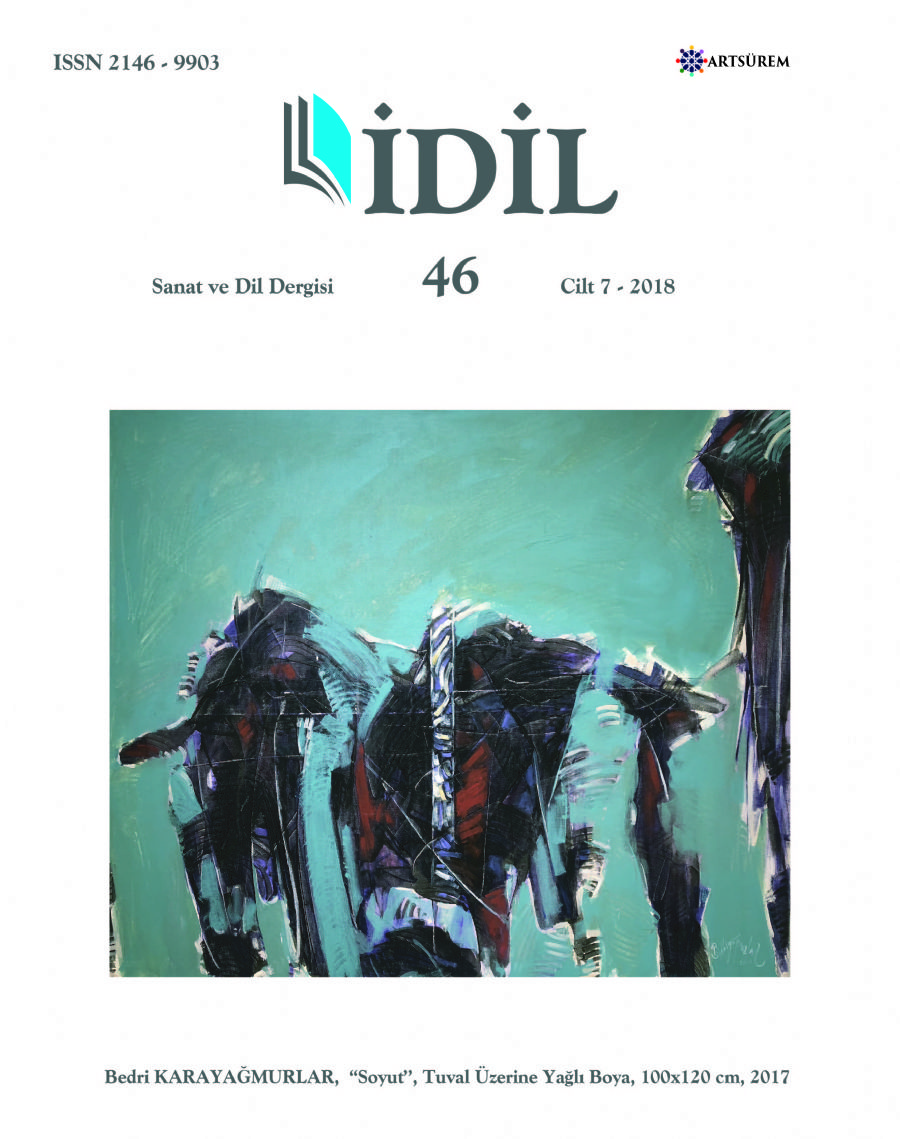ISAIAH ZAGAR’IN PHILADELPHIA’DAKİ BÜYÜLÜ MOZAİKLERİ
ISAIAH ZAGAR’S MAGICAL MOSAICS IN PHILADELPHIA
Author(s): Elif AğatekinSubject(s): Museology & Heritage Studies, Visual Arts, Recent History (1900 till today), Sociology of Art
Published by: Sanat ve Dil Araştırmaları Enstitüsü
Keywords: Mosaic; Philadelphia’s Magic Garden; Isaiah Zagar; Public Art; Outsider Art; Art Brut; Assemblage;
Summary/Abstract: South Street in Philadelphia, which once used to be a dynamic and vivid district with its cosmopolite structure, turned into an abandoned area in the late 1950s. Isaiah Zagar and his wife Julia had moved to this street following Zagar’s depression in 1969, when the street was full of wrecked houses. Mosaic art was a form of rehabilitation for Zagar during his hard days. He started to cover the walls of his house and even some areas on the street with mosaic, and the facades of many buildings on the street became living canvases for Zagar’s art. When the owner of the derelict house next to his studio, which was also applied mosaic art by Zagar, wanted to sell the house in 2002, Zagar strongly objected the idea. Thanks to the attempts of Zagar and a group of supportive local art lovers, the house was opened to the public visits as a museum by an organization called Philadelphia Magic Garden following the trials lasting over two years. After this development, Zagar felt more willing to continue to commit his art and energy to this museum and the city. Today, Philadelphia is proud of this exceptional public art environment is the symbol of the city. This paper aims to examine the original mosaic language created by Isaiah Zagar through material variety and methods used. It also presents Zagar’s story of moving to the Street and his unique expression shaped by his previous life experiences.
Journal: İdil Sanat ve Dil Dergisi
- Issue Year: 7/2018
- Issue No: 46
- Page Range: 663-672
- Page Count: 10
- Language: Turkish

